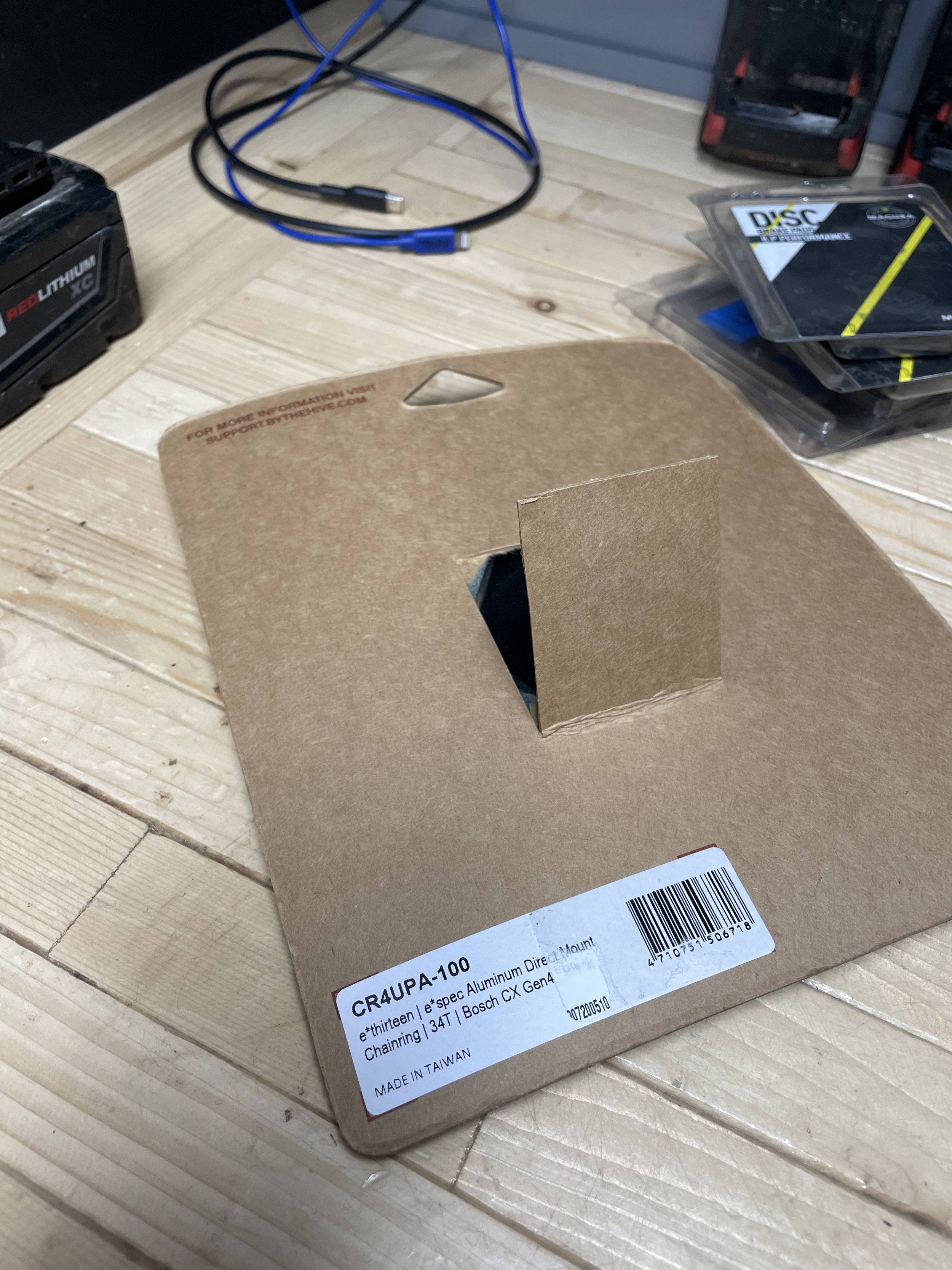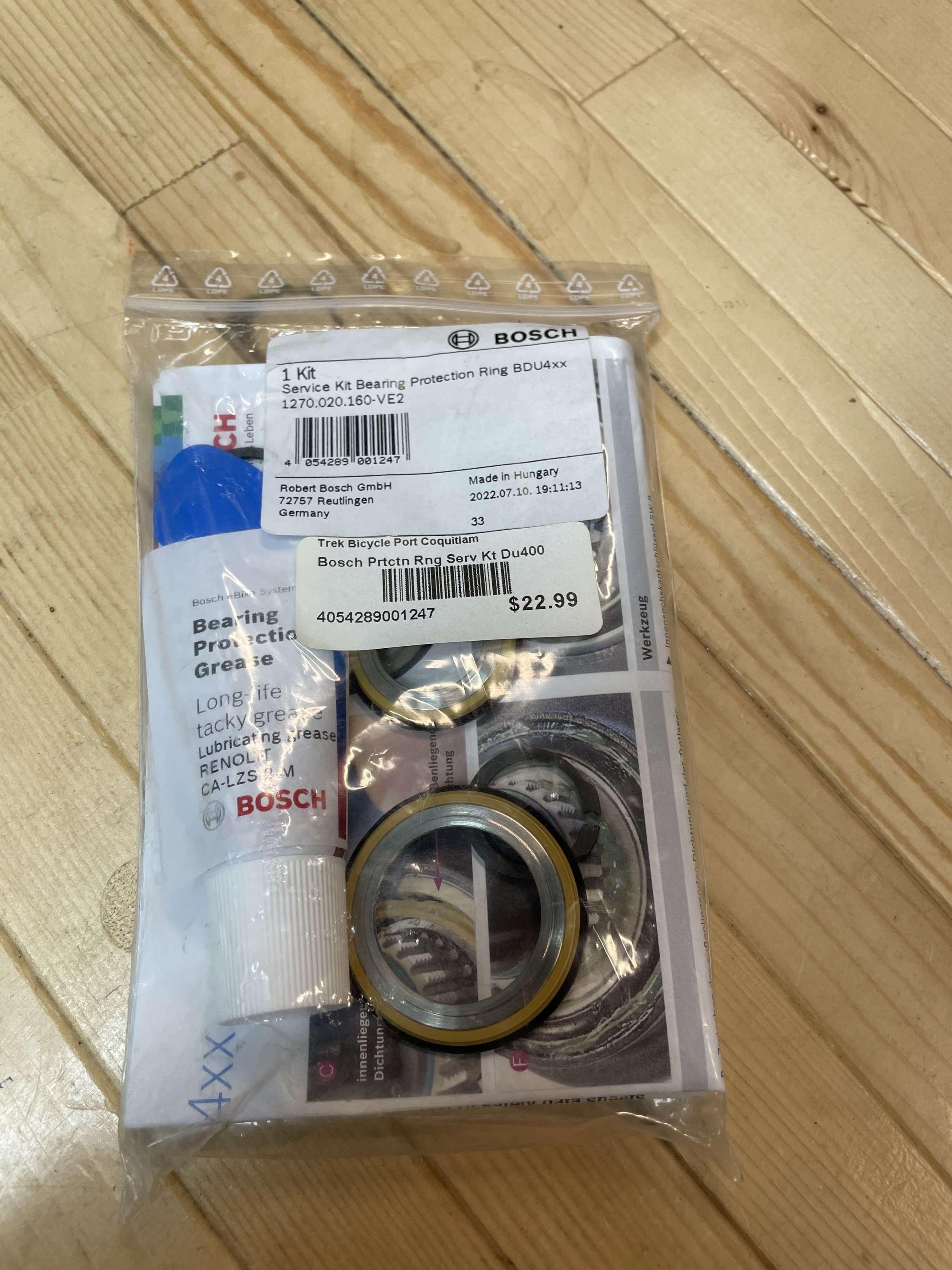Peaky Rider
E*POWAH Master
Anyone know the chainline offset on a 2021, Trek Rail 7?
I have just bought a new e-thirteen chainring which gives you a choice of 53 or 55 mm but It doesn't look like either.
I have just bought a new e-thirteen chainring which gives you a choice of 53 or 55 mm but It doesn't look like either.
Last edited:


